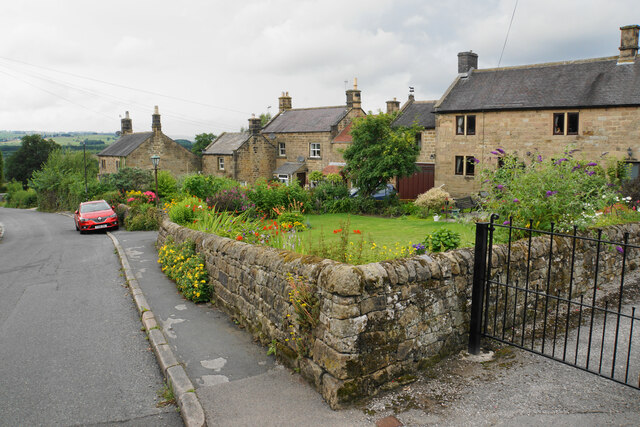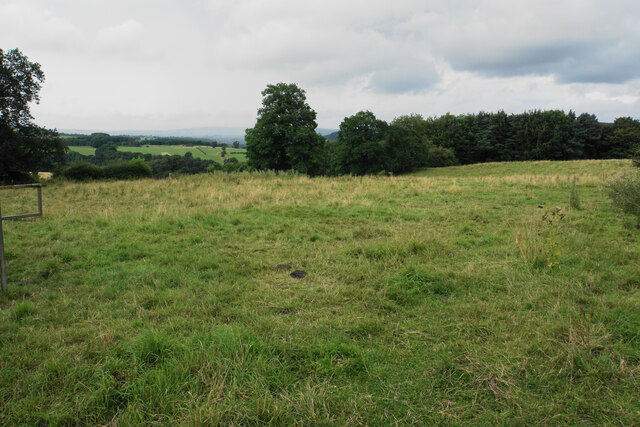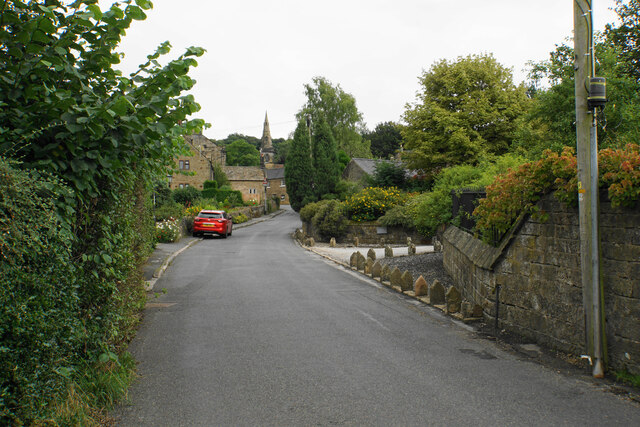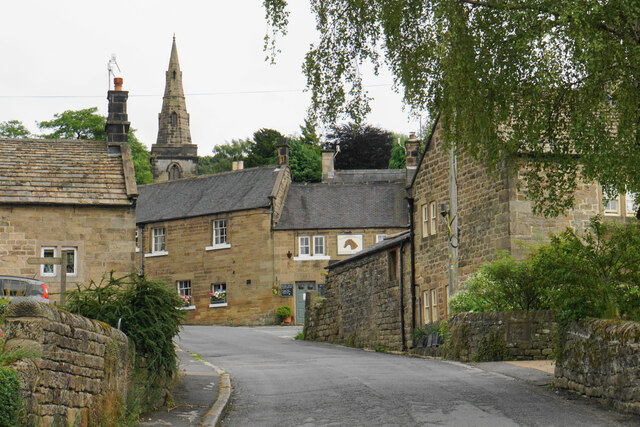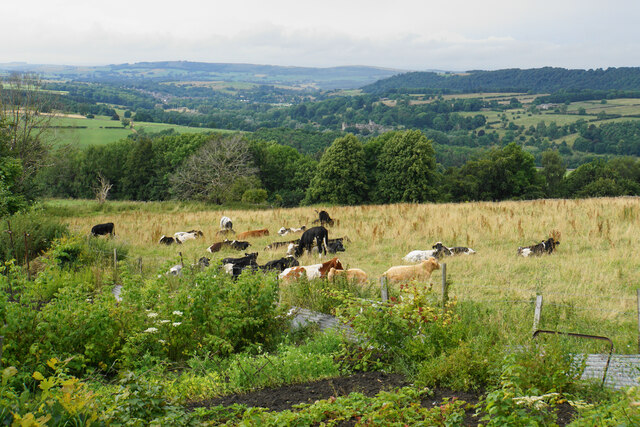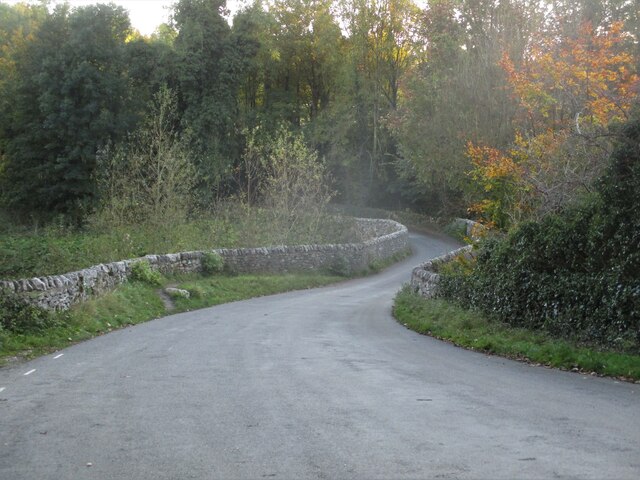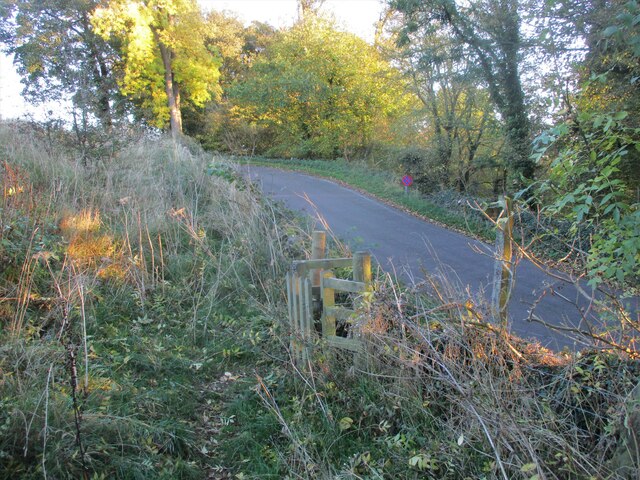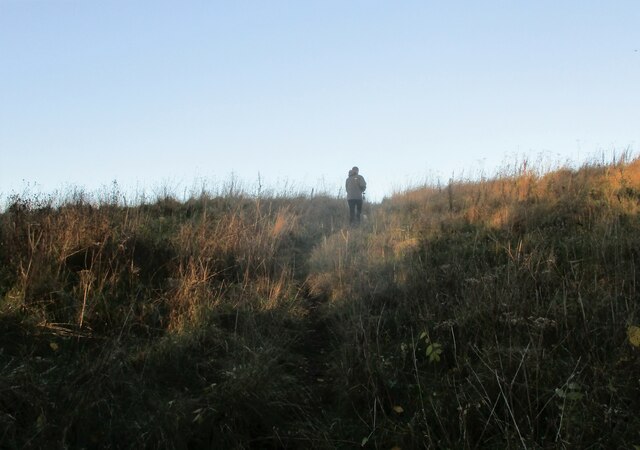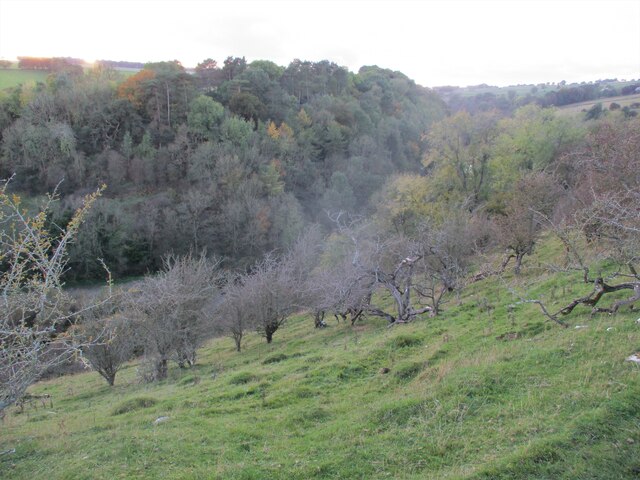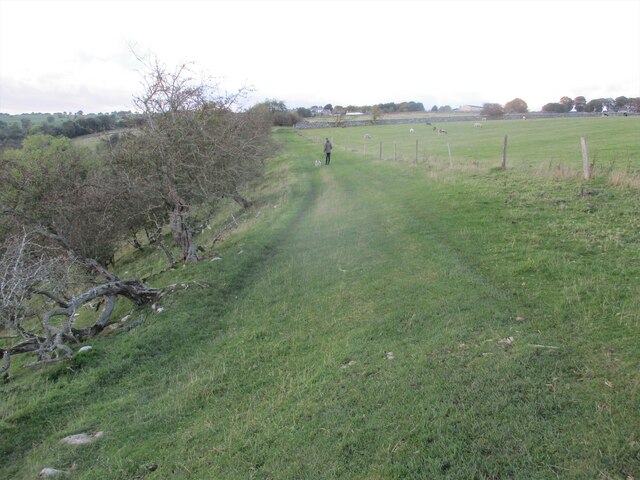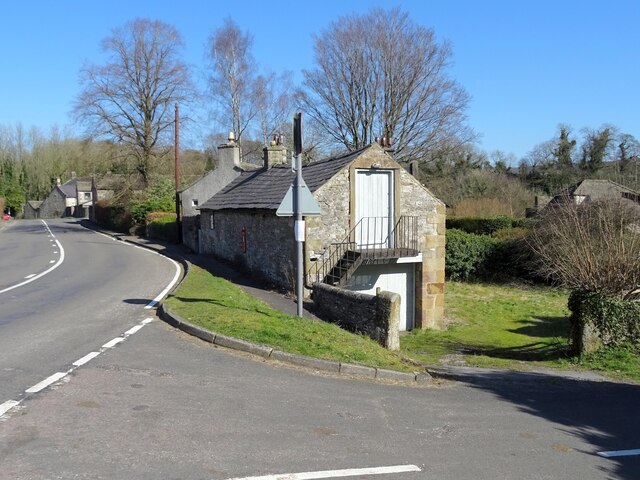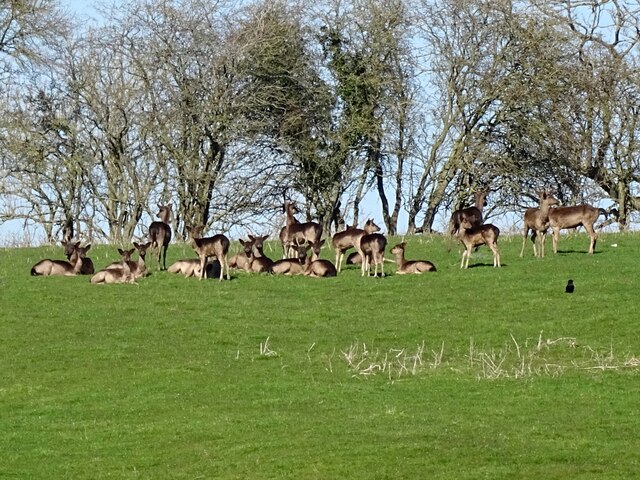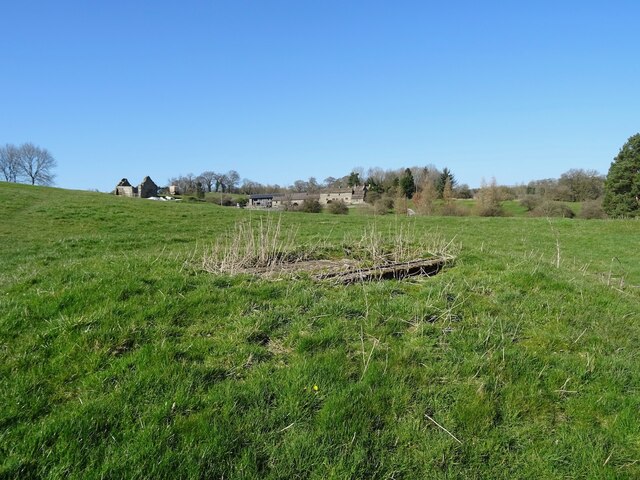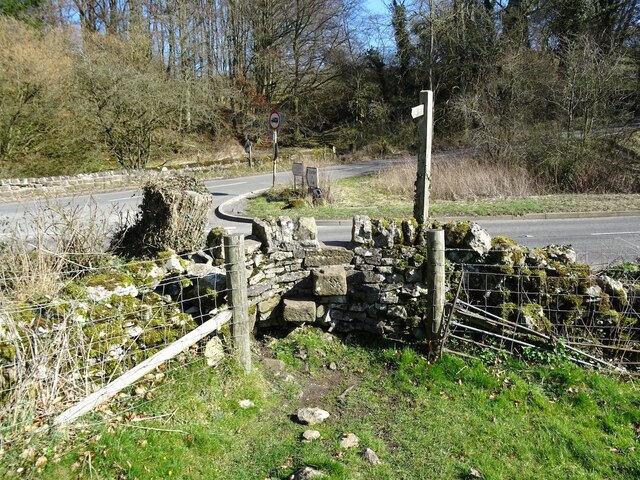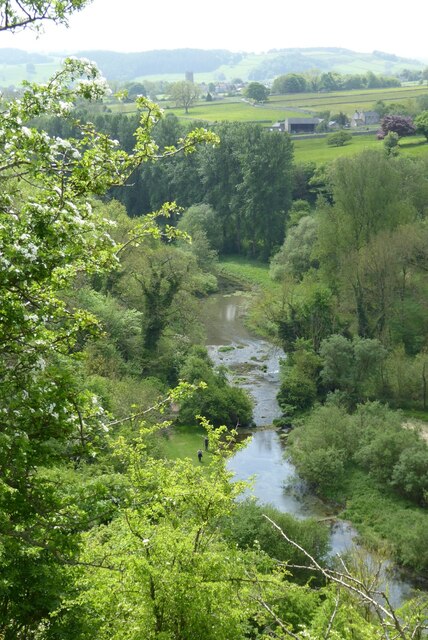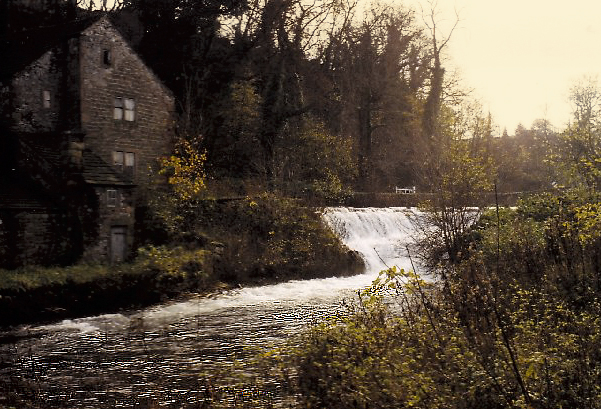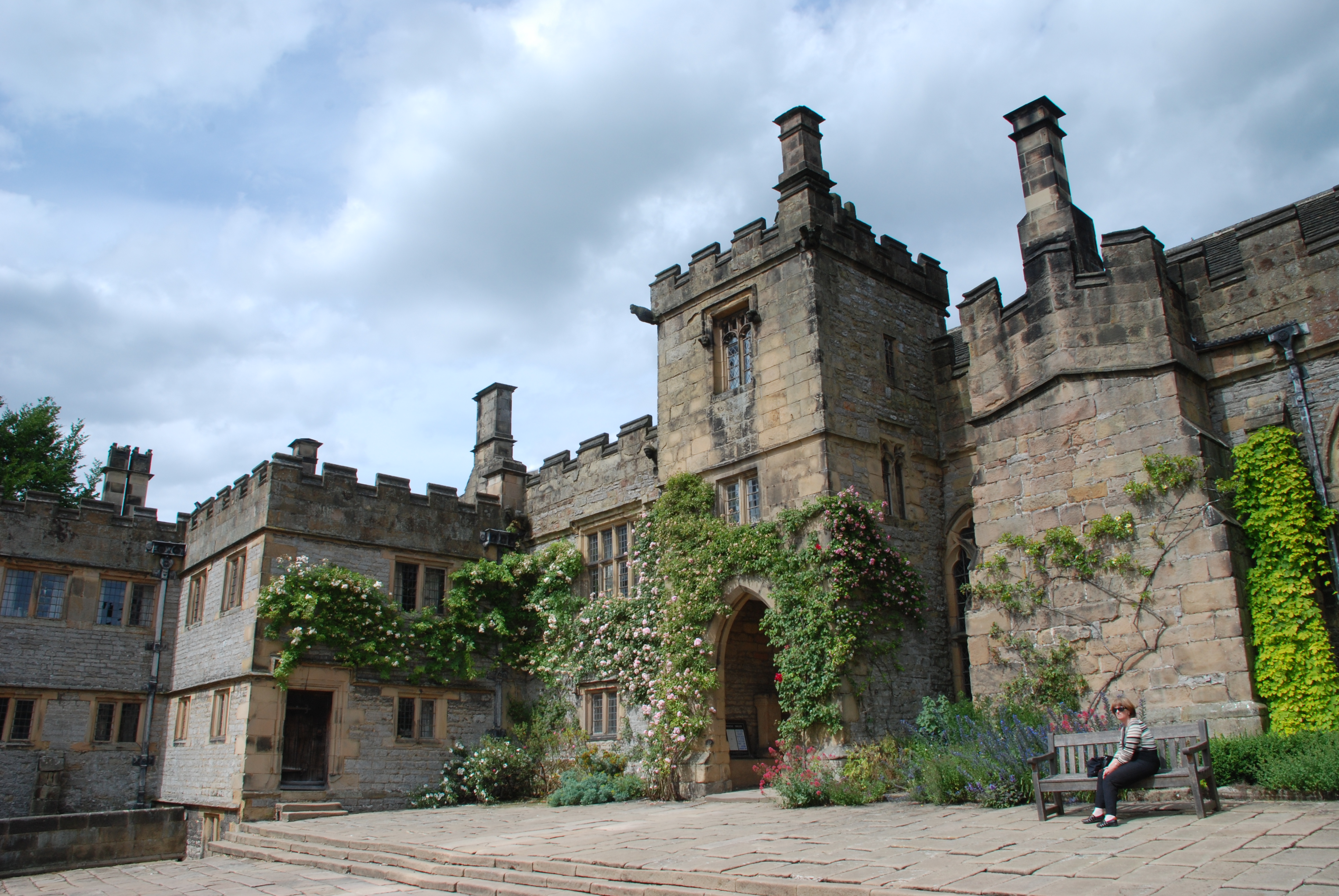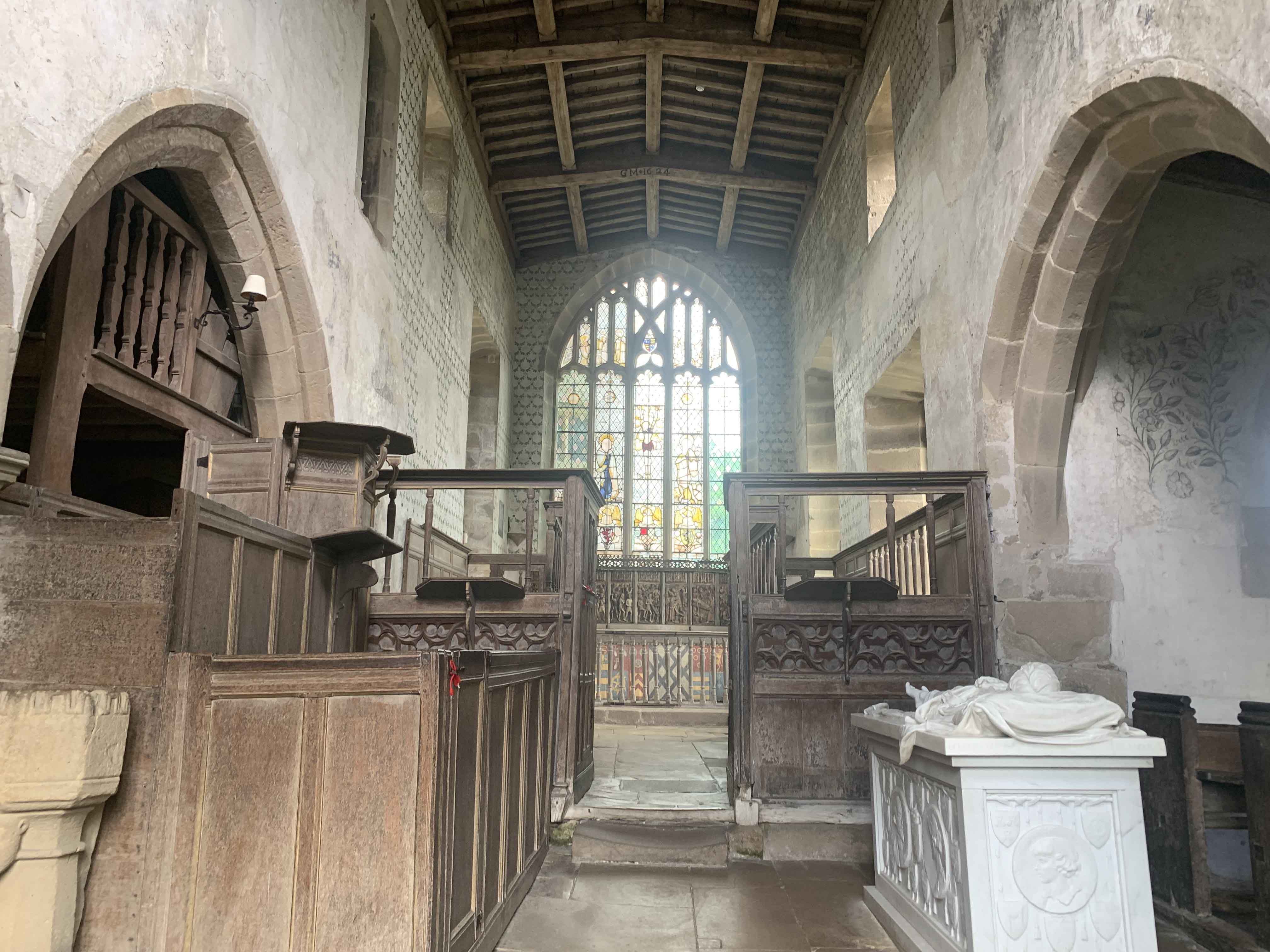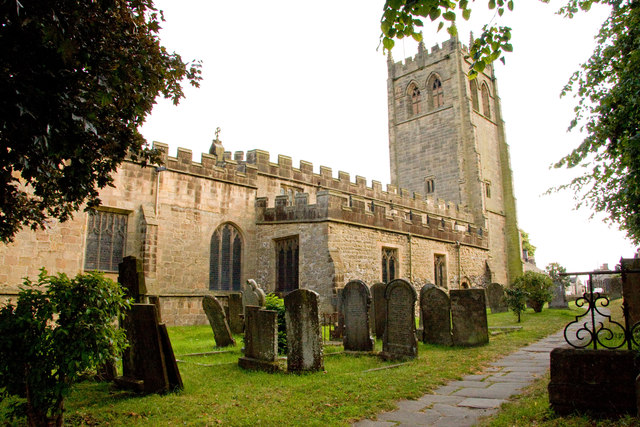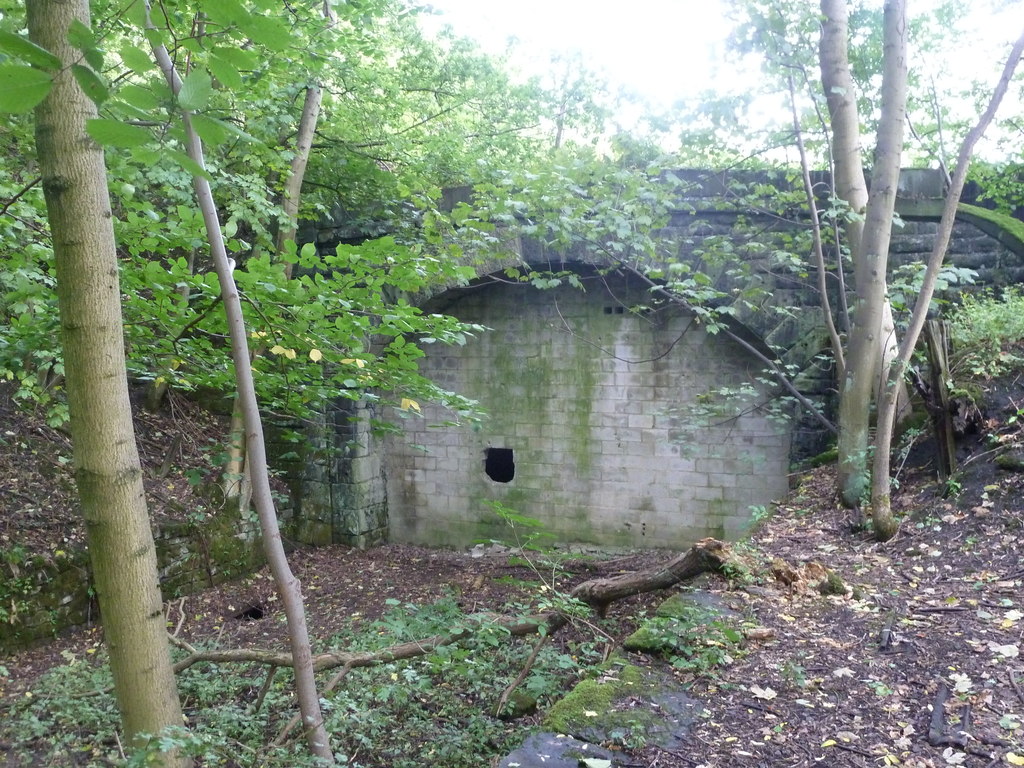Baltic Wood
Wood, Forest in Derbyshire Derbyshire Dales
England
Baltic Wood
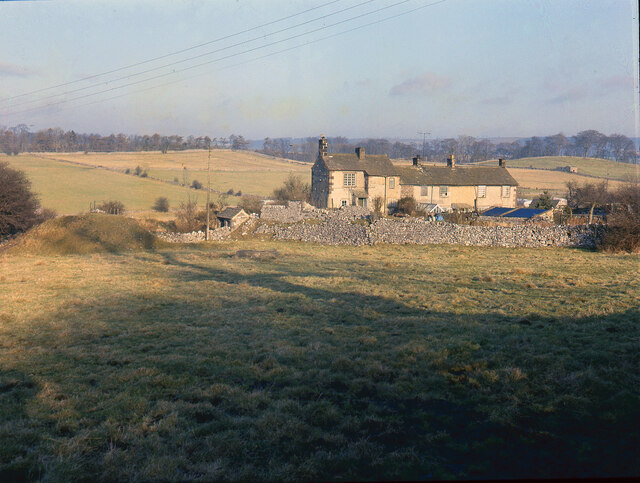
Baltic Wood, located in Derbyshire, is a picturesque forest known for its natural beauty and diverse ecosystem. Covering an expansive area, this woodland is a popular destination for nature enthusiasts and outdoor enthusiasts alike.
The forest is predominantly composed of deciduous trees, including oak, beech, and birch, which create a stunning display of colors during the autumn season. The thick canopy provides a sheltered environment for a variety of wildlife species, making it an important habitat for many birds, mammals, and insects.
Baltic Wood offers visitors a range of activities to enjoy. Numerous walking trails wind their way through the forest, offering scenic views and opportunities for peaceful contemplation. The forest is also a hub for birdwatching, with a wide range of species such as woodpeckers, owls, and songbirds that can be spotted throughout the year.
For those interested in history, Baltic Wood holds cultural significance as well. It is believed that the forest has been used by humans for thousands of years, with evidence of ancient settlements and burial mounds. Exploring the area can provide a glimpse into the past and an appreciation for the long-standing connection between people and nature.
Baltic Wood is managed and maintained by local authorities, ensuring that the natural environment remains protected and accessible for future generations to enjoy. Whether seeking a peaceful retreat or an opportunity to immerse oneself in nature, Baltic Wood offers a rich and rewarding experience for all who visit.
If you have any feedback on the listing, please let us know in the comments section below.
Baltic Wood Images
Images are sourced within 2km of 53.183479/-1.6644836 or Grid Reference SK2265. Thanks to Geograph Open Source API. All images are credited.

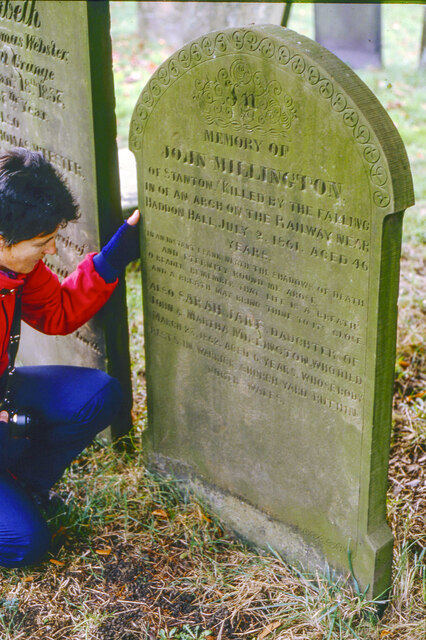
Baltic Wood is located at Grid Ref: SK2265 (Lat: 53.183479, Lng: -1.6644836)
Administrative County: Derbyshire
District: Derbyshire Dales
Police Authority: Derbyshire
What 3 Words
///classic.scope.operation. Near Youlgreave, Derbyshire
Nearby Locations
Related Wikis
Harthill Hall
Harthill Hall was formerly the Manor House of a great 13th century Estate, and the hall is now a Grade II listed building within the civil parish of Harthill...
Alport
Alport is a hamlet in the White Peak area of Derbyshire, England. It lies east of Youlgreave, at the confluence of the River Bradford and the River Lathkill...
River Bradford
The River Bradford is a river in the Peak District National Park in Derbyshire. Its source is on Gratton Moor and after passing below Youlgreave it joins...
Nether Haddon
Nether Haddon is a sparsely populated village and civil parish in Derbyshire, England. It is immediately downstream along the River Wye from the small...
Chapel of St Nicholas, Haddon Hall
The Chapel St John Nicholas, Haddon Hall is a Grade I listed Church of England chapel in Haddon Hall, Derbyshire. The chapel's origins are Norman, with...
Haddon Hall
Haddon Hall is an English country house on the River Wye near Bakewell, Derbyshire, a former seat of the Dukes of Rutland. It is the home of Lord Edward...
All Saints' Church, Youlgreave
All Saints’ Church, Youlgreave is a Grade I listed parish church in the Church of England in Youlgreave, Derbyshire. == History == The church dates from...
Haddon Tunnel
Haddon Tunnel was built by the Midland Railway in 1863 when extending the Manchester, Buxton, Matlock and Midlands Junction Railway from Rowsley to Buxton...
Nearby Amenities
Located within 500m of 53.183479,-1.6644836Have you been to Baltic Wood?
Leave your review of Baltic Wood below (or comments, questions and feedback).
